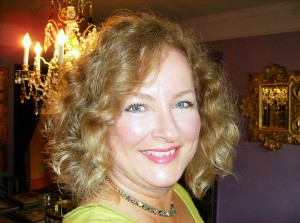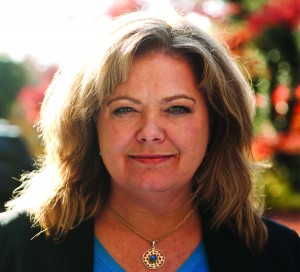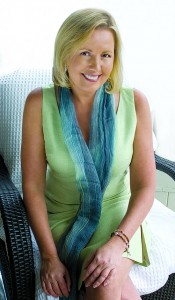Ajune Medical Spa to Close on December 28
Ajune has been at 1294 Third Avenue since it opened, 13 years ago. Owned by Dr. Maura Romita, a famed plastic surgeon, Ajune was one of the first spas to understand that spa goers wanted results, medical-style procedures, under medical supervision, but all in a softer, more spa-like setting.
Over the years (I started working with Ajune in 2004), I have had the pleasure of working with so many wonderful people, whether managers, therapists, aestheticians or receptionists. Margaret (now the spa director at Merge, also in NYC) was the one who brought Alchimie Forever into Ajune, and for that (and for the fact that she has since brought my line to Merge!), I will be forever grateful. Having worked at Avon prior to Ajune, she is a numbers-driven, no-nonsense operator, someone whom I have learned much from (and continue to today). I worked with Josephine for many years, whose smiles and kindness I still remember. Cara was my colleague Catherine’s favorite aesthetician at Ajune, a petite brunette, with a great extraction technique and constructive feedback and input on the Alchimie Forever product prototypes I would have her test. Most recently, I have had the pleasure of working with Amy, who was hired to work at the front desk a number of years ago and has since been promoted to spa director; today, Amy is in charge of this transition time.
To all of you, to Dr. Romita, to Dana, to the entire Ajune team, I say thank you. Thank you for taking on Alchimie before anyone did in NYC. Thank you for trusting me. Thank you for your support and friendship over the years. Thank you for your business. Thank you. I will miss you. Catherine will miss you. New Yorkers will miss you.
Having spoken with Amy, she shares these bittersweet words: “Thank you to our loyal clients for their patronage; we hope that during our time open on third avenue, we provided you with incomparable service and an education about skincare that you will take with you throughout their daily life.”
Dr. Romita will be taking a select few technicians to continue working at his office at 853 5th Ave at the beginning of 2012. The services they will offer will be strictly clinical.
While the recession has not been kind to the spa industry, this is the first long-time Alchimie Forever spa partner that has closed. Ajune closing makes this economic turmoil feel a whole lot more personal, and brings home the fact that we are not out of the woods yet. We small businesses must continue to support each other, to help each other, to work together. And we consumers must continue to shop local, spa local, and to support our own communities.
![ada polla[1]](http://spa-insider.com/wp-content/uploads/2011/05/ada-polla1-277x300.jpg)




